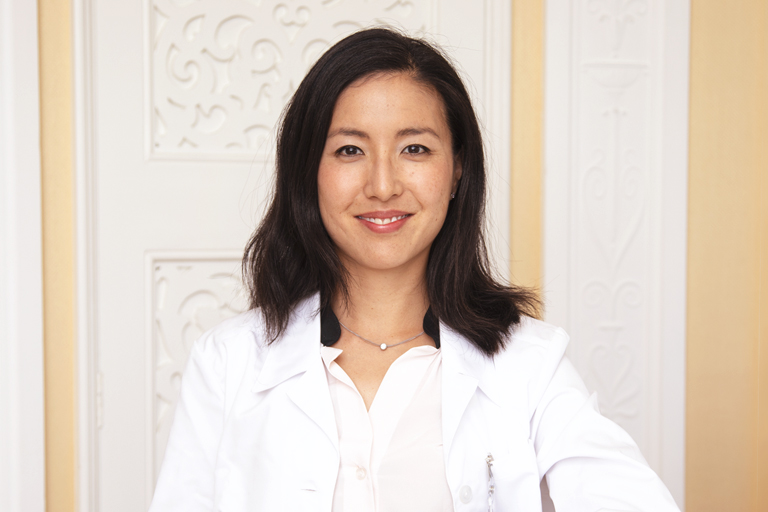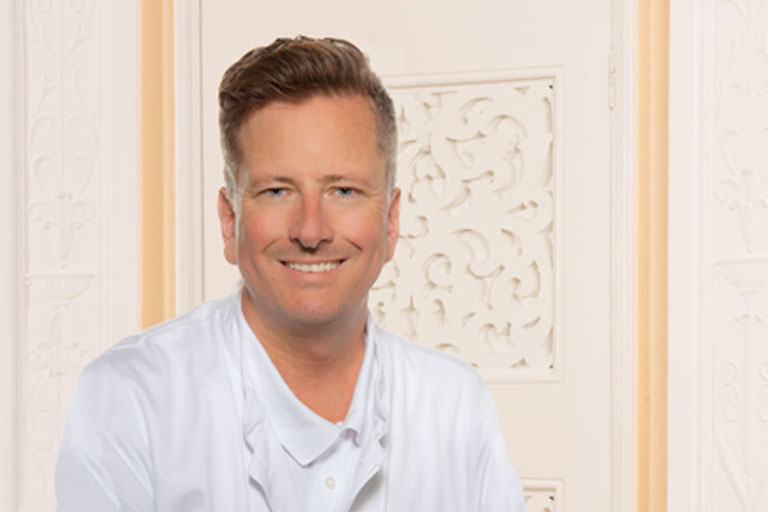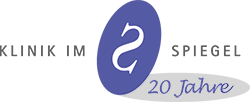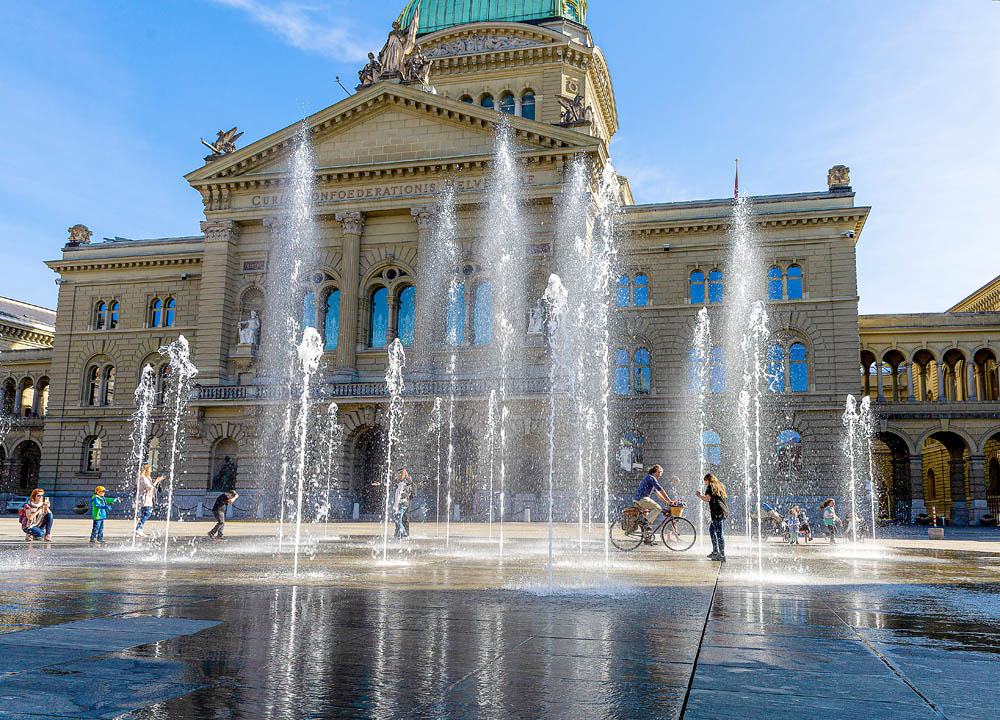Operation theory
The upper eyelid correction is one of the most frequent and “appreciated” procedures in plastic-aesthetic surgery: a major effect is achieved with a relatively minor operation by opening up the line of vision and correcting a sad facial expression. The excess skin on the upper eyelid reflects the ageing process and/or a hereditary predisposition.
The first step in an eyelid correction involves analyzing the shape of the eyelid, taking account of the causes. The goal is to prevent the eyebrow from drooping (brow ptosis). The excess skin is generally more prevalent at the side and connected with a typical kinking in the curve of the upper eyelid. In the procedure, the incision follows the natural fold of the upper eyelid. A small amount of skin on the upper eyelid is removed, the width of which may vary depending on the size. If necessary, annoying reserves of fatty tissue can be removed at the same time, after which the skin is closed again precisely.
If the patient is suffering from a seriously restricted field of vision, the health insurance may cover some of the cost of an upper lid correction operation. To apply for this requires an optician to submit a request complete with a field of vision test.
OP duration
Anaesthetic
Hospitalization
Post-op
The fine sutures on the upper lids are sealed with plasters for one week; the sutures are removed after one week. Make-up can then generally be worn again. The removal of reserves of fatty tissue on the upper lid occasionally results in bruising to the lower lid, as the fat tissue of upper and lower lid communicates.
Risks
In rare cases there are bleeding complications, infections ( < 1%), problems with the wound and the wound on the thin skin opening after the sutures have been removed are observed in very rare cases. Small subsequent corrections are occasionally required to ensure symmetry or remedy a residual fold of the skin (<5%).
Recovery time
Work: 1-2 weeks (office). Physical exertion/sport: 4 weeks. Avoiding exposure to strong sunlight or extreme cold: 6-8 weeks, Final result after 4-6 months.
Outcome
Permanent. As the ageing process continues and the eyebrows droop, a fold of skin may appear on the upper eyelids again after 10 years at the earliest, which can be corrected again, if desired.
before / after








